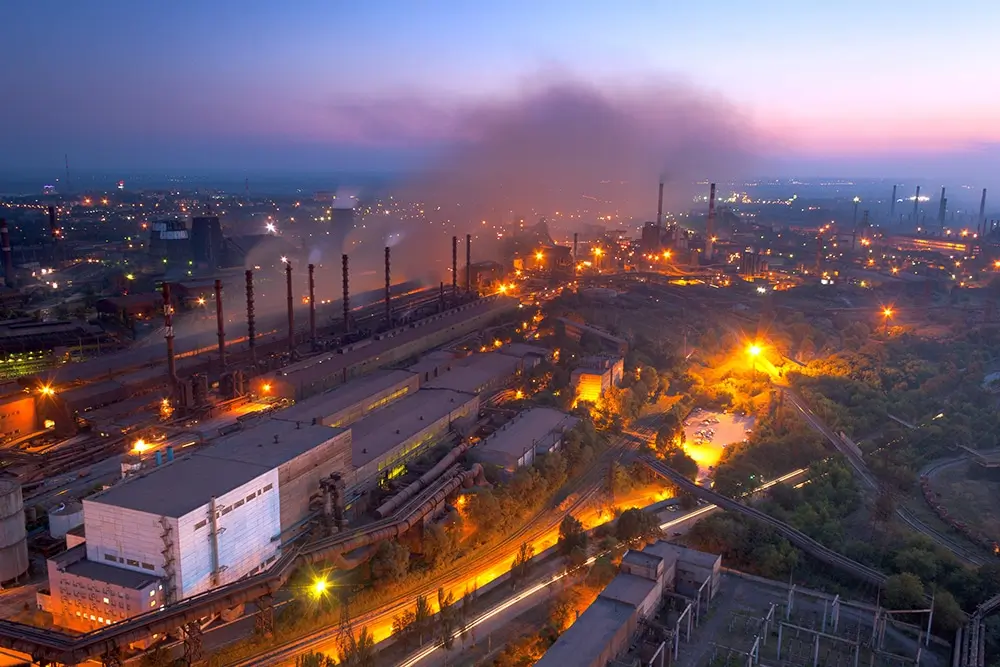
- Production, consumption rise provisionally in FY’24
- Pre-election infra push sustains strong demand
- Current fisc may see lower steel demand growth rate
Morning Brief: The just-concluded financial year of 2023-24 (FY’24) proved to be a fairly good one for India’s steel industry. Provisional data compiled by BigMint reveals that India’s steel mills registered a 12% increase in their steel sales in FY’24 at 140.50 million tonnes (mnt) against 125 mnt seen in the previous fiscal (FY’23). Within this quantum, the share of tier-1 mills touched 80 mnt (73 mnt in FY’23), a 10% increase y-o-y. Tier-2 mills saw a 16% rise to 60 mnt (52 mnt).
Steel sales comprise both domestic and exports. Exports from tier-1 mills, it may be noted, struggled, but remained stable at 8.80 mnt. But overall domestic sales of tier-1 and tier-2 mills saw a 13% increase to 132 mnt (116 mnt).
Production up in FY’24
India’s crude steel production, which is also determined to an extent, by consumption and sales, was recorded at a provisional 142 mnt last fiscal against 126 mnt in FY’23, showing a 13% growth. In this, the share of BF-BoF was 43% while EAF-IF enjoyed the balance and major 57%.
Factors that helped increase steel sales in FY’24
Sustained pre-election infrastructure push: The government gave a sustained push to infrastructure last fiscal, it being a key pre-election year, which helped to keep demand robust.
And, certain data corroborate this fact. For instance, reports indicate that The National Highways Authority of India (NHAI) spent a record INR 207,000 crore in construction of national highways in FY’24, the highest-ever capital expenditure so far, and a jump of 20% compared to INR 173,000 crore spent in FY’23 and INR 172,000 crore in FY’22.
India also retained the tag of the world’s fastest-growing economy with its GDP expanding by a faster than expected rate of 7.6% in the third quarter (July-September, 2023), propelled by government spending on infrastructure and manufacturing.
Core sectors, manufacturing shine: India’s eight core sector industries grew to a 3-month high of 6.7% in February 2024, whereas factory output hit a 16-year high in March, this year, helping the fiscal to bow out in a blaze of glory. In fact, manufacturing stayed above the crucial 50 mark, indicating expansion in activity for 33 consecutive months. The March performance was led by the strongest increase in output and growth in new orders since October 2020, as per reports.
Automotive demand accelerates: The automotive sector too put up a stellar show with sales rising 9% last fiscal amid improved supply and demand. This is the first time that passenger vehicle sales crossed the 4-million units mark. Sales were driven by SUVs which, for the first time, accounted for 50% of all vehicles sold last fiscal against 43% in FY23.
Indirect exports robust
India’s engineering exports are expected to surpass last year’s figures of $107 billion although these may fall short of 2022 levels of $112 billion. This could be due to geo-political factors which are disrupting trade flows in several parts of the world. On the other hand, exports to Russia and the Middle East have surged y-o-y.
Outlook
Improved manufacturing, farm output and robust urban demand are expected to give a sharp fillip to the Indian economy in FY’25. But, despite these positive vibes, many feel steel demand and sales may not be able to sustain in FY’25 the pace of growth seen last year. The growth may be a much more moderate 5-6% y-o-y. A key reason lies in the bleak global economic scenario which may keep a cap on steel exports.
Secondly, since additional capacities are coming up in India, supply-side pressures will be felt and a supply-demand imbalance may emerge in the current fiscal.
Keeping the above factors in mind, FY’25 may be a challenging year for the Indian steel industry.
Source: BigMint








